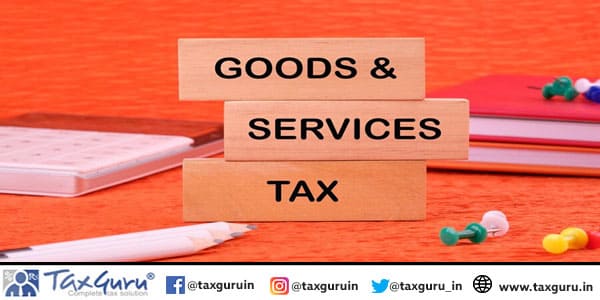INTRODUCTION
The Goods and Services Tax (GST) did a complete overhaul of the erstwhile indirect tax regime that was in practice in India ever since the country attained independence. The Goods and Service Tax (GST) is a landmark tax reform and a critical step in the economic history of India. GST replaced the earlier cascading tax structure with a more simplified, unified, and destination-led tax.
HISTORY OF GST
The history of the Goods and Services Tax in India has been a prolonged journey from the drawing board to discussions, arguments, and eventually implementation. The GST was first proposed by the Atal Bihari Vajpayee government in the year 2000. a committee was formed to replace the indirect taxes and they formed a GST model which was chaired by the West Bengal Finance Minister Asim Dasgupta. Before this, the tax structure in India had multiple indirect taxes, including excise duty, central sales tax, value-added tax, etc., and these all had their own rules and compliances. This resulted in cascading taxes, rising compliance costs, and impacting inter-state transactions.
GST REGIME: A DETAILED OVERVIEW
The indirect tax regime before GST was complex and composite with many indirect taxes. From the production or manufacture of goods/services to the ultimate consumption by the end consumer, the goods are passed through various intermediaries and changes in hands. Each transfer was marked by the introduction of tax by sales tax, excise duty, customs, entry tax, state VAT, luxury tax, purchase tax, etc. The total of the taxes imposed on a single good was transferred to the ultimate consumer. This gives rise to the cascading effect, which raises tax on each intermediary sale. The cascading effect created a tax-on-tax effect and thereby increased the overall price or cost, which made Indian goods uncompetitive against imported goods. The Indian Manufacturer or service provider took a lot of time and cost to complete the compliance agenda. The supply chain was largely unorganized with the high logistic cost. It puts in place a national common market, making it easy to move goods and services across states, bringing down logistics costs, and, finally, triggering a jump in interstate trade. The new indirect tax regime also makes life simpler for businesses with a single return replacing a tangle of forms and a multitude of taxmen. This results in a cut in red tape and potential cost savings. GST also promises to raise government revenues as it widens the tax net and increases tax compliance. The biggest boost in revenues will come from states that will be the biggest beneficiaries of the new sales and services tax. A simpler, more efficient tax system free of leakages and evasion means that the governments can spend more money in areas that are underfunded such as social welfare, healthcare, and infrastructure. Oil upturn the government and the RBI are fortunate that the surge in oil prices has run into a brick wall. Had crude oil touched $ 100 a barrel, the economy could have been held up for ransom. The rupee, and other emerging and oil-importing countries’ currencies, would have been under the weather. India has got lucky and this is good news as the current account deficit that the RBI is worried about is likely to end up on the right side of the ledger.
THE WAY FORWARD
Despite many difficulties, GST has made a paradigm shift in the Indian Taxation which would pave the way for a transparent and more efficient tax system. To make it more effective many different steps can be taken:
- Simplification: Simplifying is very essential as the burden of compliance can be reduced when processes and forms are made simply and also by rationalizing tax slabs. This will increase the accessibility and friendliness of the GST.

- Technology Integration: Incorporating technology is crucial to smoothen its implementation and improving compliance rates. It can be done by Investing in robust technological infrastructure and providing support to small and medium-sized businesses (SMEs).
- Stakeholder consultation: It is indeed essential to consult stakeholders as frequent interaction with stakeholders and industry bodies can address concerns and help allay worries to guarantee that GST laws are correctly interpreted and applied, which will improve collaboration and compliance.
- Clarity and Stability: It is essential to give GST laws and tax rates stability and clarity so that long-term growth can be encouraged and investment can be achieved by providing businesses and investors with confidence through clear guidelines and consistent tax policies.
- Capacity Building: it is essential to build capacity by conducting awareness programs where initiatives can be taken to educate businesses and consumers about how GST would be applied and what benefits can be achieved by applying and adopting it. This further would drive the success of the GST regime.
CONCLUSION
The Indian taxation system has undergone many paradigm changes by introducing the Goods and Services Tax (GST). It has facilitated many businesses by simplifying tax procedures and promoting economic integration. Even though today, many challenges exist still it has made things more transparent and efficient and also unified tax regime which has guided India towards a path of sustained economic growth and development.




